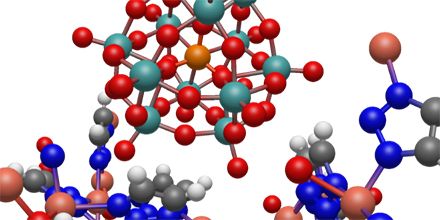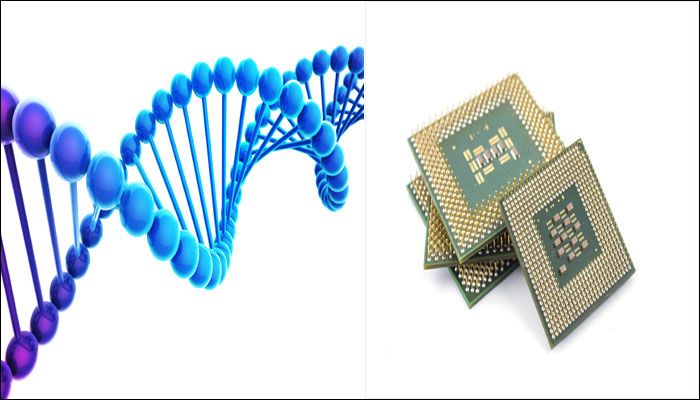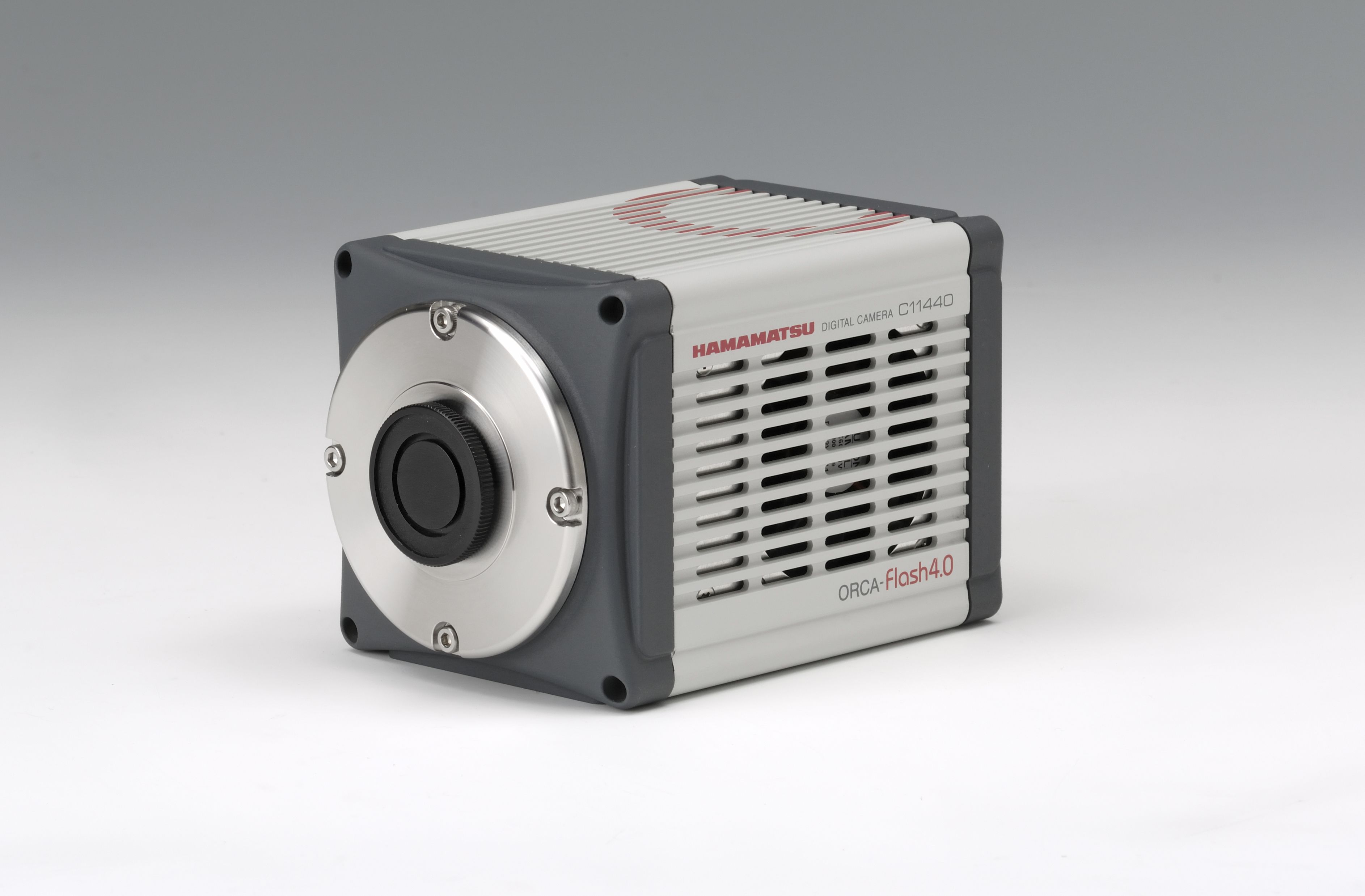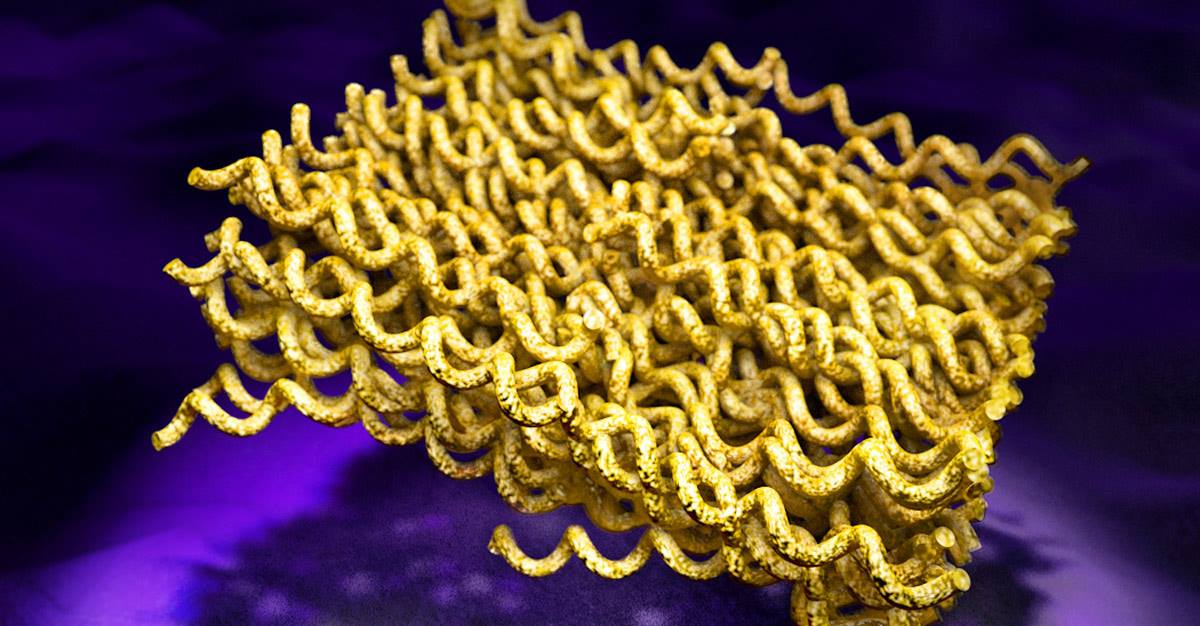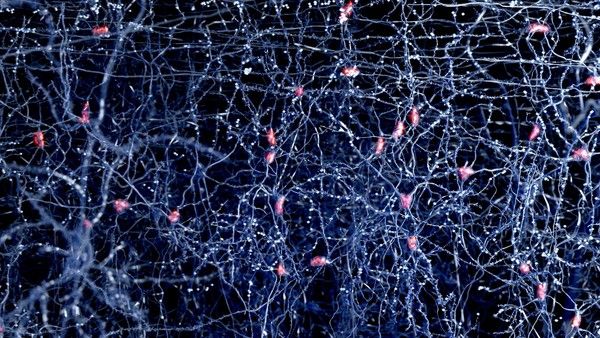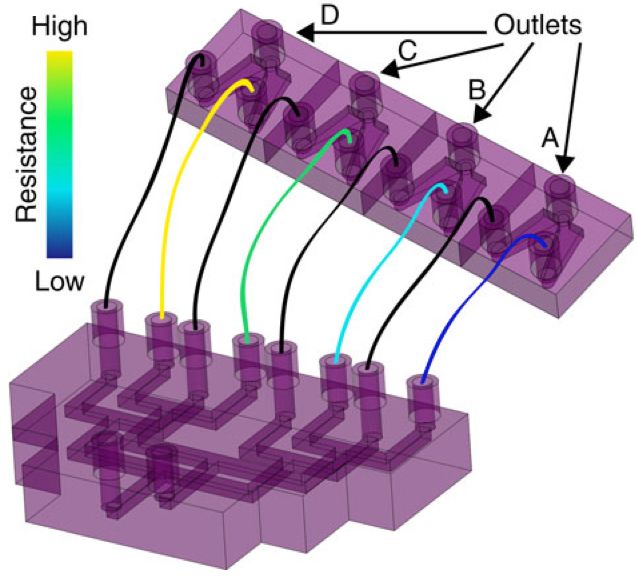Mar 24, 2016
Modified NWChem Code Utilizes Supercomputer Parallelization
Posted by Karen Hurst in categories: chemistry, climatology, evolution, materials, quantum physics, supercomputing
Quicker time to discovery. That’s what scientists focused on quantum chemistry are looking for. According to Bert de Jong, Computational Chemistry, Materials and Climate Group Lead, Computational Research Division, Lawrence Berkeley National Lab (LBNL), “I’m a computational chemist working extensively with experimentalists doing interdisciplinary research. To shorten time to scientific discovery, I need to be able to run simulations at near-real-time, or at least overnight, to drive or guide the next experiments.” Changes must be made in the HPC software used in quantum chemistry research to take advantage of advanced HPC systems to meet the research needs of scientists both today and in the future.
NWChem is a widely used open source software computational chemistry package that includes both quantum chemical and molecular dynamics functionality. The NWChem project started around the mid-1990s, and the code was designed from the beginning to take advantage of parallel computer systems. NWChem is actively developed by a consortium of developers and maintained by the Environmental Molecular Sciences Laboratory (EMSL) located at the Pacific Northwest National Laboratory (PNNL) in Washington State. NWChem aims to provide its users with computational chemistry tools that are scalable both in their ability to treat large scientific computational chemistry problems efficiently, and in their use of available parallel computing resources from high-performance parallel supercomputers to conventional workstation clusters.
“Rapid evolution of the computational hardware also requires significant effort geared toward the modernization of the code to meet current research needs,” states Karol Kowalski, Capability Lead for NWChem Development at PNNL.
Continue reading “Modified NWChem Code Utilizes Supercomputer Parallelization” »
